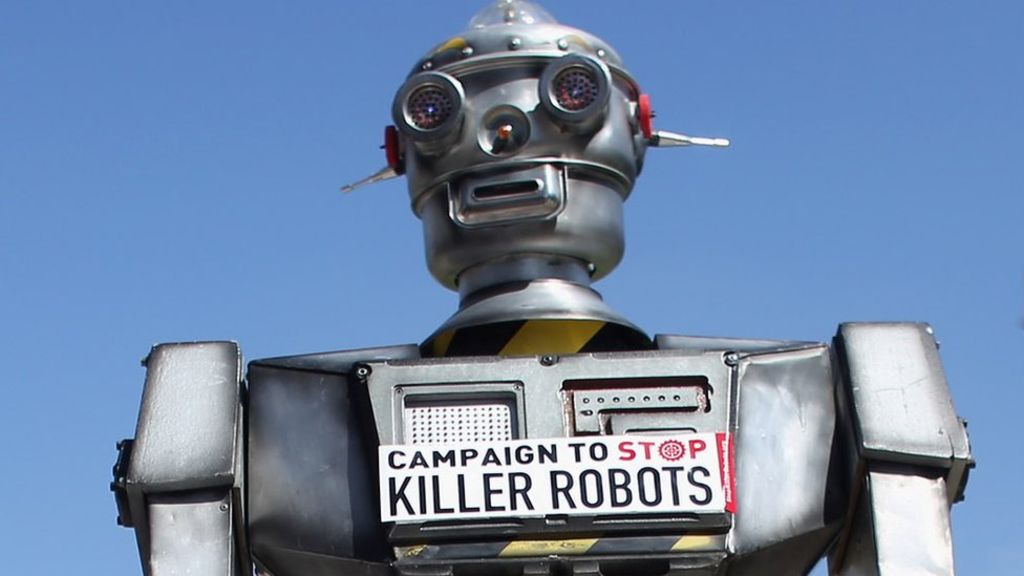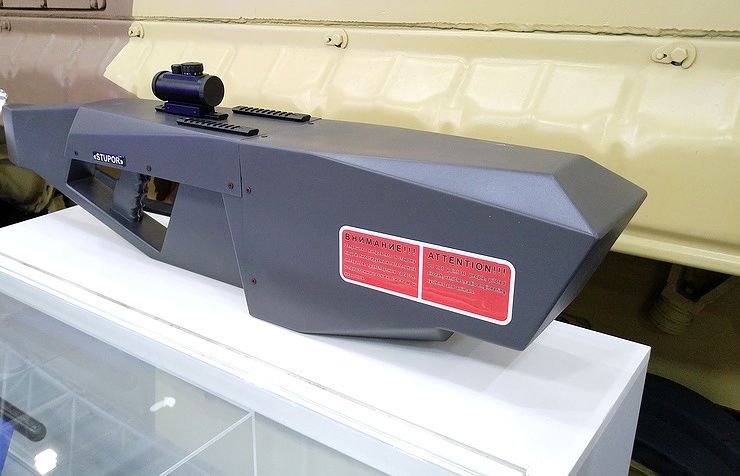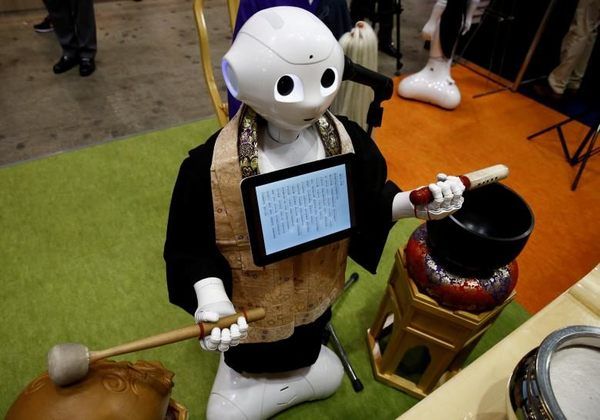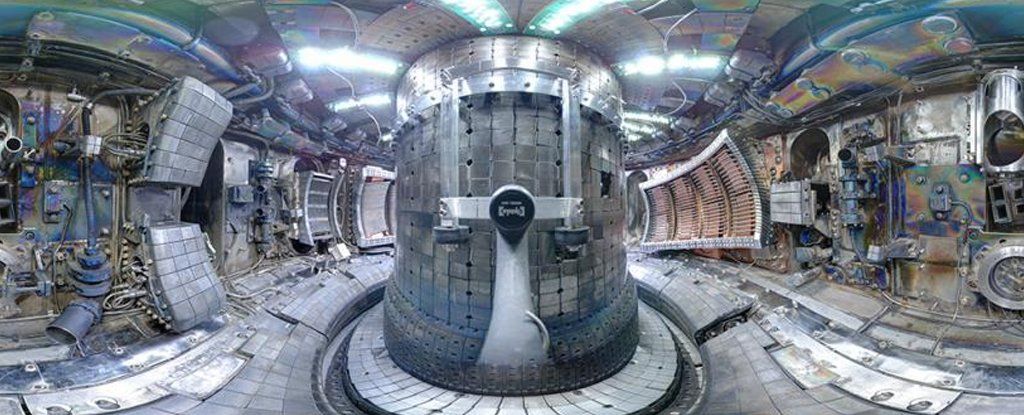A letter to the UN warns the world is getting closer to a dangerous “third revolution in warfare”.



Zero-day vulnerabilities targeting popular secure messenger applications, like Signal, Telegram and WhatsApp, can fetch payments of up to $500,000 from Zerodium, a buyer and seller of zero-day research, based on a newly released list of available awards offered by the U.S. firm.
The market for zero-day vulnerabilities — an undisclosed software security hole that can be exploited by hackers — is notoriously rich and murky. Traders tend to operate away from public scrutiny for a number of reasons that make it difficult to learn about the market.
Although Zerodium isn’t known for the transparency of its business, the company’s listings for vulnerabilities provides a window into the supply and demand behind the vulnerability resale industry.

Automation, unemployment, & low wage workers
We study the effect of minimum wage increases on employment in automatable jobs – jobs in which employers may find it easier to substitute machines for people – focusing on low-skilled workers from whom such substitution may be spurred by minimum wage increases. Based on CPS data from 1980–2015, we find that increasing the minimum wage decreases significantly the share of automatable employment held by low-skilled workers, and increases the likelihood that low-skilled workers in automatable jobs become unemployed. The average effects mask significant heterogeneity by industry and demographic group, including substantive adverse effects for older, low-skilled workers in manufacturing. The findings imply that groups often ignored in the minimum wage literature are in fact quite vulnerable to employment changes and job loss because of automation following a minimum wage increase.
You may purchase this paper on-line in.pdf format from SSRN.com ($5) for electronic delivery.
How will our relationship to technology evolve in the future? Will we regard it as something apart from ourselves, part of ourselves, or as a new area of evolution? In this new video from the Galactic Public Archives, Futurist Gray Scott explains that we are a part of a technological cosmos. Do you agree with Scott that technology is built into the universe, waiting to be discovered?
Follow us on social media:
Twitter / Facebook / Instagram
Follow Gray Scott:
One would have to have been literally living under a rock to miss the recent solar eclipse, but for those who either didn’t have a great view or were far outside the path of totality, Google’s ‘Eclipse Megamovie 2017’ is a solid alternative. The video, available on YouTube, sources images of the eclipse shot by volunteers to create a timelapse of the total eclipse as it passed across the continental United States.

According to a center spokesman, the gun emits separate electromagnetic pulses to suppress channels used to operate a drone. As a result, the drone loses contact with its operator, while its uncontrolled flight ends in a crash. The spokesman added that the Stupor gun had a range of two kilometers, covering a 20 degree sector.
Support documentation explains that the device is capable of suppressing navigation and transmission channels used by unmanned aerial vehicles, as well as their photo and video cameras within the electro-optical range of frequencies.
The gun can be charged from the grid, as well as from a car battery.


Japan’s largest container line plans to test a remote-controlled vessel across the Pacific Ocean in 2019 as it pursues fully autonomous technology that could disrupt the global shipping industry.
Nippon Yusen K.K. is considering using a large container ship for the test from Japan to North America and a crew will be on standby for safe operations, Hideyuki Ando, a senior general manager at Monohakobi Technology Institute, said in an interview Wednesday. The institute, a unit of Nippon Yusen, conducts research and development in areas such as safe vessel operation, energy saving, and logistics.


Extracting useful amounts of energy from the merging of atoms is tricky business, not least thanks to the challenges of controlling squirming clouds of ultra-hot plasma.
Our clean power fusion goals could be a step closer now researchers have tweaked their fusion recipe to add a new ion to the mix. This allows researchers to get a better grip on how high-energy charged particles move not just inside reactors on Earth, but potentially provide insights into how they behave in stars.
A team of researchers at MIT have used data from experiments conducted on a type of fusion reactor called a tokamak to explore how adding a third ion to the more traditional two-ion plasma mix shakes things up.